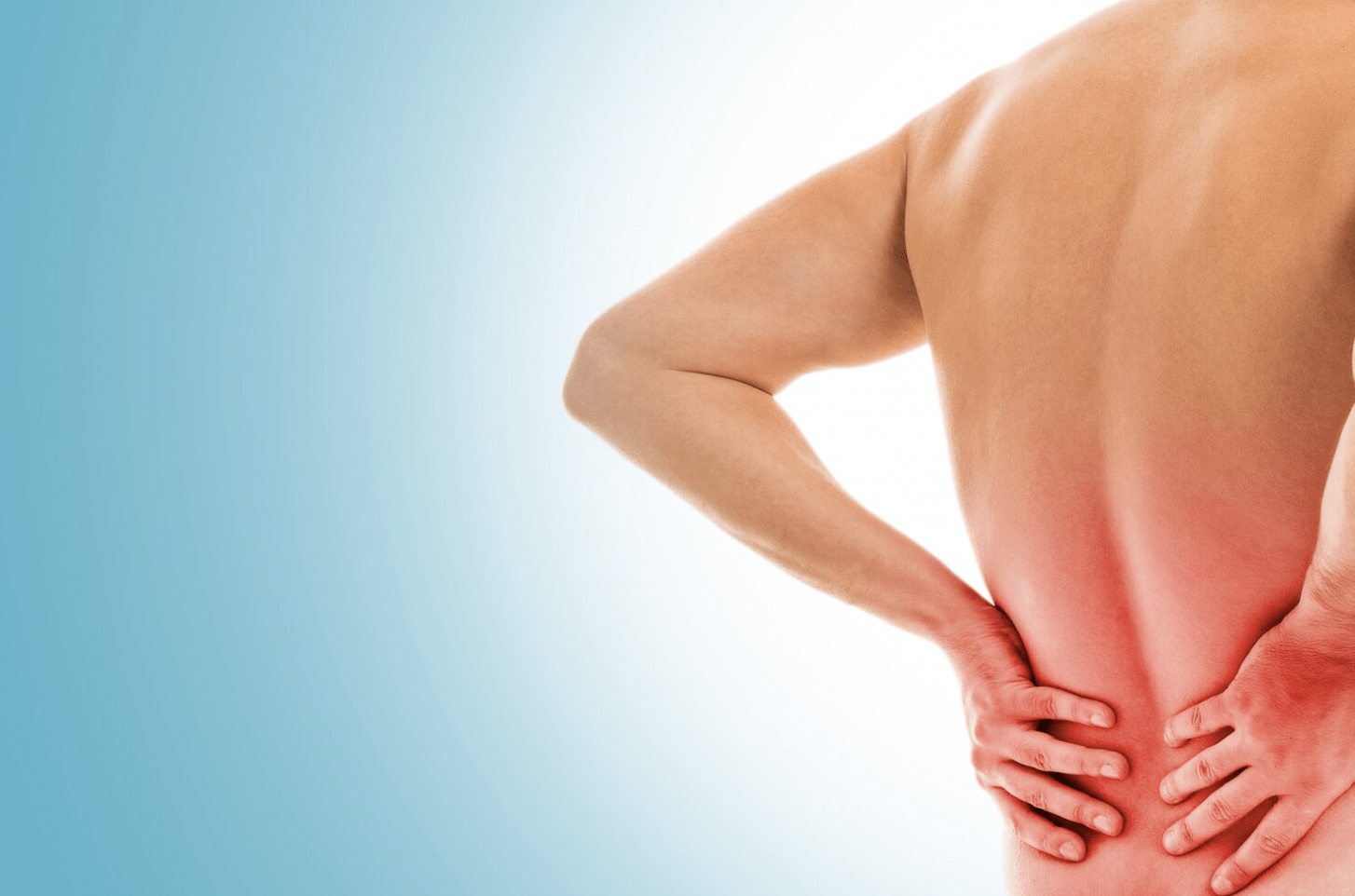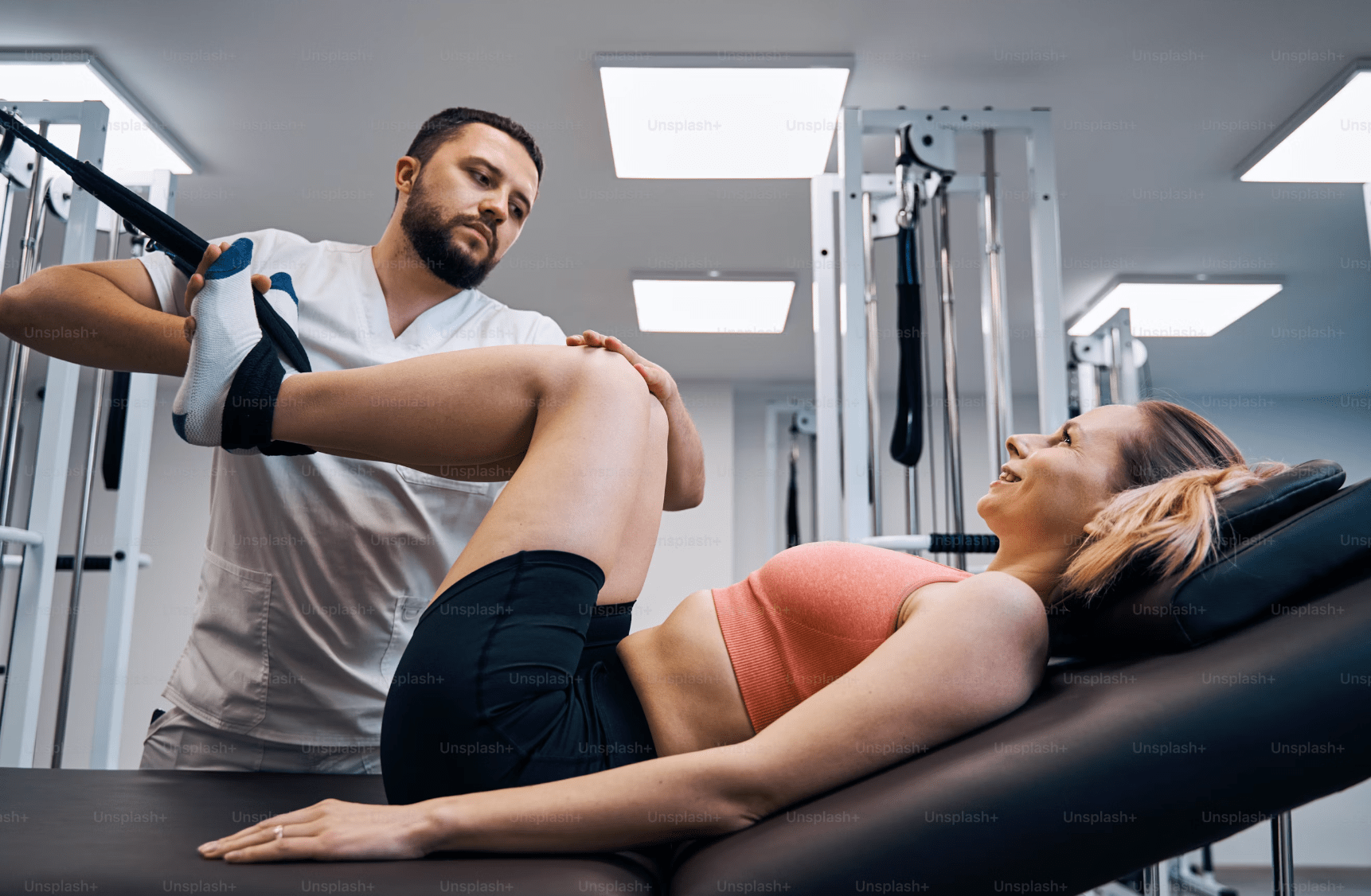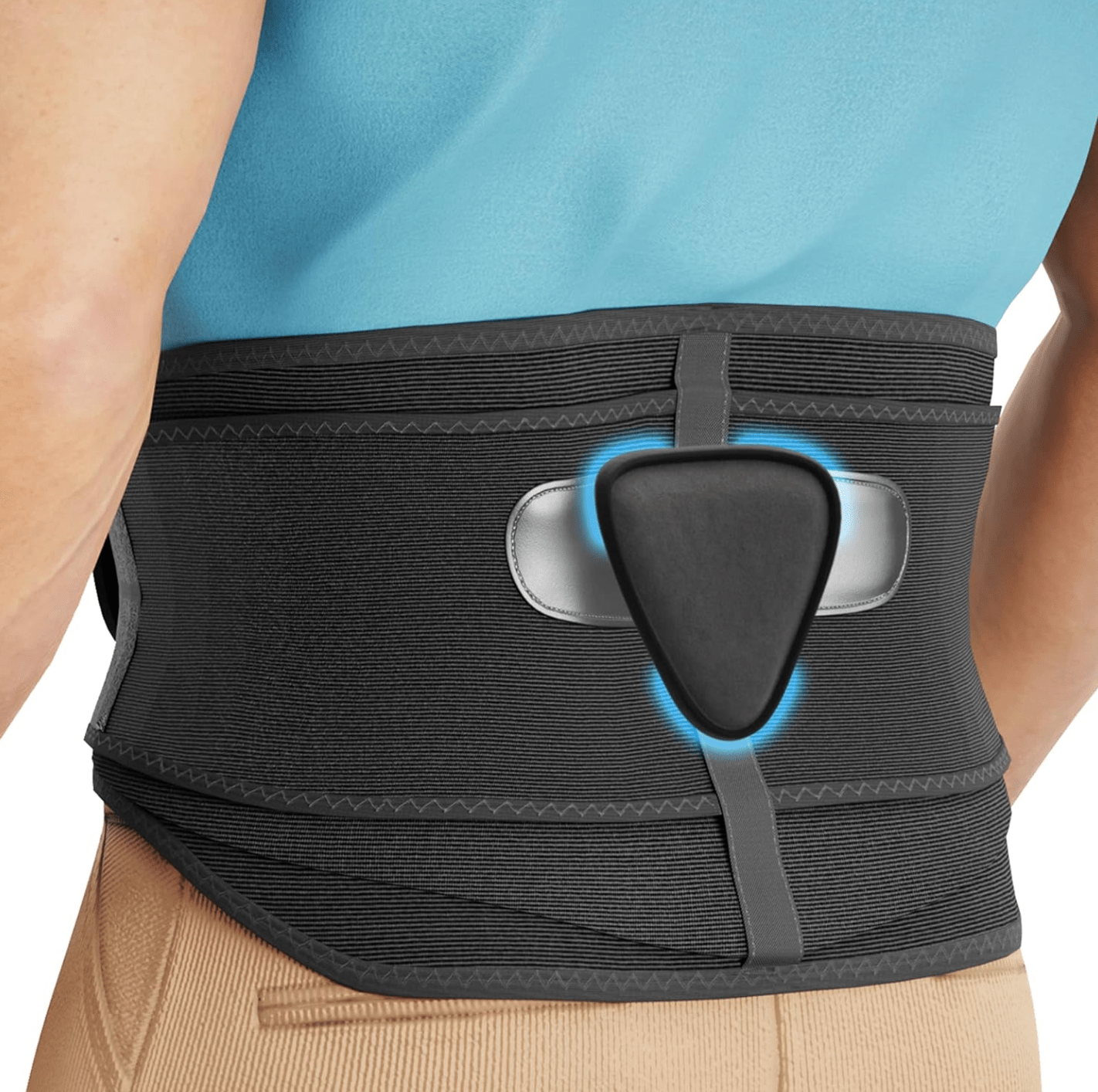Does persistent back pain get you worried? Well, you can find a reputed physiotherapist and get treated. Do you consider it a difficult option due to the scarcity of time? In that case, you can find the best back brace for your herniated disc. Dealing with a herniated disc can be a painful and debilitating experience. The discomfort and limitations it imposes on daily activities can significantly affect one’s day-to-day activities.
Various treatments can help alleviate symptoms and promote healing for herniated discs. Some treatments could be medications, steroids, physical therapy, or using back braces as support. Among these options, back braces have gained popularity for their potential to provide support and pain relief.
Choosing an effective back brace can help reduce certain spinal problems and heal your back effectively. In this blog post, we will explore everything you need to know about the use of back braces for managing herniated discs. Information shared here will be based on medical advice and research published by experts.
What is a Herniated Disc?
Before we tell you about the role of back braces, it’s essential to understand what a herniated disc is and how it can impact your body.

Imagine yourself playing with a child. You casually bend down to pick up a ball and find yourself in pain, a shooting pain equivalent to a ligament tear. This could be a herniated disc.
A herniated disc occurs when the soft inner core of the spinal disc bulges out through the outer layer, pressing the nearby nerves.
Around 80% of people could suffer lower back pain at some point in their life.
This can invite symptoms such as pain, numbness, tingling, and weakness in the affected area. Common causes of herniated discs include age-related degeneration and improper lifting techniques. As people age, their agility reduces, and discs become less flexible, making them more prone to rupture with even a minor strain or twist.
A herniated disc can occur in any part of the spine; most often, it shows up in the lower back.
Risk Factors That Give Rise to Herniated Disc
For further details, let’s take a look at the primary risks that can lead to herniated disc.
Occupation
Individuals with physically demanding jobs have an increased risk of developing back problems. Excessive and repetitive activities involving lifting, pushing, and pulling should be reduced or done with an adequate pain recovery period.
Weight
Excess of body weight can cause extra weight on the lower back. It is relatively easy to control weight for most individuals, barring pregnant women, for obvious reasons.
Genetics
A factor not in the individual’s control. Your genetic predisposition has a lot to decide whether you carry a greater risk of developing a herniated disc.
Frequent driving for long hours
Driving a car or riding a bike can bring sheer joy to some and maybe a compulsion for some. Driving a bike, car, or any heavy motor vehicle for long hours, along with their persistent engine vibration, can affect the lower area of your spine.
Treatment Options for Herniated Discs
Treatment options will be subject to the severity of the pain and its persistence. Your physiotherapist could ask you to perform certain movements and stretches to check the pain points and provide a remedial pathway.
The general management and pain reduction of herniated discs typically involves a combination of conservative treatments and severe cases surgical interventions. Conservative treatments aim to alleviate symptoms and promote healing without the need for surgery. These may include:
Pain Medications
Pain medications are the first line and most immediate response to reduce the pain.

Over-the-counter or prescription medications may be used to reduce pain and inflammation associated with herniated discs. This is commonly observed in athletes to keep their vitals in control, helping them to continue playing sports.
Physical Therapy
Physical therapy is one treatment factor you should not discount in terms of importance. You might consider it time-consuming and repetitive, but recovery from any joint pain is not easy.

It is rather a continuous process that brings a reduction in pain. Exercise and stretches prescribed by physiotherapists can help improve flexibility, strengthen the muscles-supporting spine, and reduce the pressure on the affected disc.
Steroid Injections
It would not be wrong to say that steroids could act as a powerhouse of energy for individuals suffering from a herniated disc or any severe joint pain.

People who use anabolic steroids generally experience a rapid increase in muscle strength. This could help them to train frequently for long hours. Steroids usually take a few hours to a few days to show improved results in reducing pain.
Using steroid injections directly into the affected area can provide temporary relief from pain and inflammation, but never try to self-diagnose using your medical history.
Back Braces
Back braces, also known as lumbar support braces, are devices developed to provide support and stability to your lower back, potentially reducing pain and discomfort associated with a herniated disc.

Choosing the best back brace is important for recovery, so relying on your physiotherapist makes perfect sense. Referring to the study in 2021, using back braces could help with significant improvement for infants with idiopathic infantile scoliosis.
Role of Back Braces in Managing Herniated Discs
Back braces are not a magic pill to reduce pain and discomfort but rather a tool with a wider range of uses, such as stability, mobility, and providing tight support to your back.
Medical practitioners commonly recommend back braces as a part of conservative treatment plans for herniated discs. These braces are typically made of materials such as neoprene or elastic, developed for wearing around your lower back. A back brace’s primary goal is to support the lumbar spine, helping stabilize the affected area and reduce strain on the affected disc.
Improving Stability
For an individual suffering from a herniated disc, attaining stability could be important for their complete health. By limiting the movement of the lower back, A back brace can help stabilize the spine and reduce the risk of further injury to the herniated disc. This stabilization can be particularly beneficial during activities that involve bending, lifting, or twisting.
Pain Relief
Many individuals with herniated discs experience significant pain and discomfort, especially when performing certain movements or activities. A back brace can help reduce this pain by providing compression and support to the affected area. Using the best back brace for degenerative disc disease not only provides pain relief but also ensures muscle strengthening and agility for a long period.
Posture Support
Posture, though, is a controllable factor, but for individuals with herniated discs, back braces provide immense relief supporting right posture. Poor posture can exacerbate symptoms of a herniated disc by placing additional stress on the spine. A back brace can help improve posture by promoting proper alignment of the spire, reducing the risk of further injuries and discomfort.
Activity Modification
In some cases, wearing a back brace may enable individuals with herniated discs to participate in activities that they would otherwise avoid due to pain or instability. By Providing support and stability to the lower back, a brace can help individuals maintain their back health.
Choosing the Right Back Brace
When considering the use of back braces for managing a herniated disc, it’s essential to choose the right type of brace for your specific needs. A high-quality back brace for herniated discs helps reduce pain and fastens up your recovery process.
Here are some factors to consider:
Type of Back Brace
Back braces come in various designs, including rigid, semi-rigid, and flexible.
1. Rigid Back Brace
Rigid braces provide the highest level of support and are often used to stabilize your spine following surgery or accidents such as fractures or disc herniations. Because of its hard and unbendable material, a rigid brace may be a perfect choice if you are suffering from severe pain or if you require very little movement of your spine.
2. Flexible Back Brace
They are often found most used because they allow you to move more freely. They are made of softer materials, offering more flexibility than a rigid brace. Flexible braces are often suggested in case of mild pain when you need a little extra support during exercise or even performing your daily activities.
3. Semi-rigid Back Brace
Semi-rigid braces provide the benefits of both rigid and flexible braces. In some semi-rigid braces, the added rigid supports can be removed, allowing you to adjust the level of support depending on your needs.
To sum up, the type of support that individuals may need depends on the severity of their herniated discs and also their preferences.
4. Fit and Comfort
When considering choosing a back brace, fit and comfort should be given fair importance. This is not just a piece of cloth but a tool to support your back’s functionality. A properly fitting back brace should be comfortable, not too tight, allowing for a comfortable experience throughout the day. Adjustable straps or closures can help customize the fit to your body shape.
5. Mobility
Mobility can be a crucial deciding factor when choosing a back brace for your herniated disc. A back brace can affect your mobility and ability to perform daily activities. While some braces may restrict movement to provide maximum support, others may allow for more freedom of movement.
6. Breathability
Choosing a back brace is not simple; the magic does not start immediately; it involves certain factors like breathability and the comfort of using rigid or flexible braces. When already in pain, you would not want skin burns due to overheating. Look for a back brace made up of breathable material that allows air to circulate, reducing the risk of overheating and discomfort, especially when wearing it for long hours.
Tips for Using a Back Brace Effectively
Once you have finalized the perfect back braces for your degenerative disc disease, you can head on to using them effectively. To maximize the benefits of a back brace in managing discs, consider the following tips.
Follow your Doctor’s Recommendations
Following your doctor’s advice is the primary thing you can do. You should always consult with your healthcare expert before using any back brace and follow their recommendations regarding when and how to wear it each day. This helps you to receive expert guidance on the severity of your injury.
Combine with Other Treatments
Many medical experts recommend combining braces with physical therapy so patients can witness a positive transformative impact. Back braces are most effective when used as part of a comprehensive treatment plan that may include physiotherapy, medication, and lifestyle modifications.
Apart from this, it’s also advisable to practice back health stretches on a regular basis. For a better understanding of stretches, check out our article on exercises for stretching joints.
Practice Good Posture
Maintaining a good posture helps you to battle future injuries and maintain your spine health, especially in the affected area. Although wearing a back brace can help improve posture, it’s essential to maintain proper alignment of the spine throughout the day, even when not wearing the brace.
Wear a Back Brace for an Extended Duration
A back brace for muscle injury or weakness is generally not recommended beyond 2 to 4 days. In the case of surgery or fracture, you could have to stick with back braces for an extended period.
Back braces do not act as immediate fixes for your lumbar spine; it takes consistent effort to keep it warped around the affected area. You can gradually increase the wear time, starting by using it for short periods and then shifting to long periods.
Wrapping up
Managing a herniated disc can be challenging, but with the right treatment approach, many individuals can find relief from pain and regain high power, functional agility, mobility, etc. By understanding how back braces work and following the best practices for their use, individuals with herniated discs can take proactive steps towards recovery and strengthen their back.
Remember to consult with your physiotherapist to determine if a back brace is appropriate for your specific condition. You can also seek personalized guidance on its use. In this blog post, we covered all the relevant information you need to know about the use of Back braces for your herniated disc. We hope you find the information helpful.